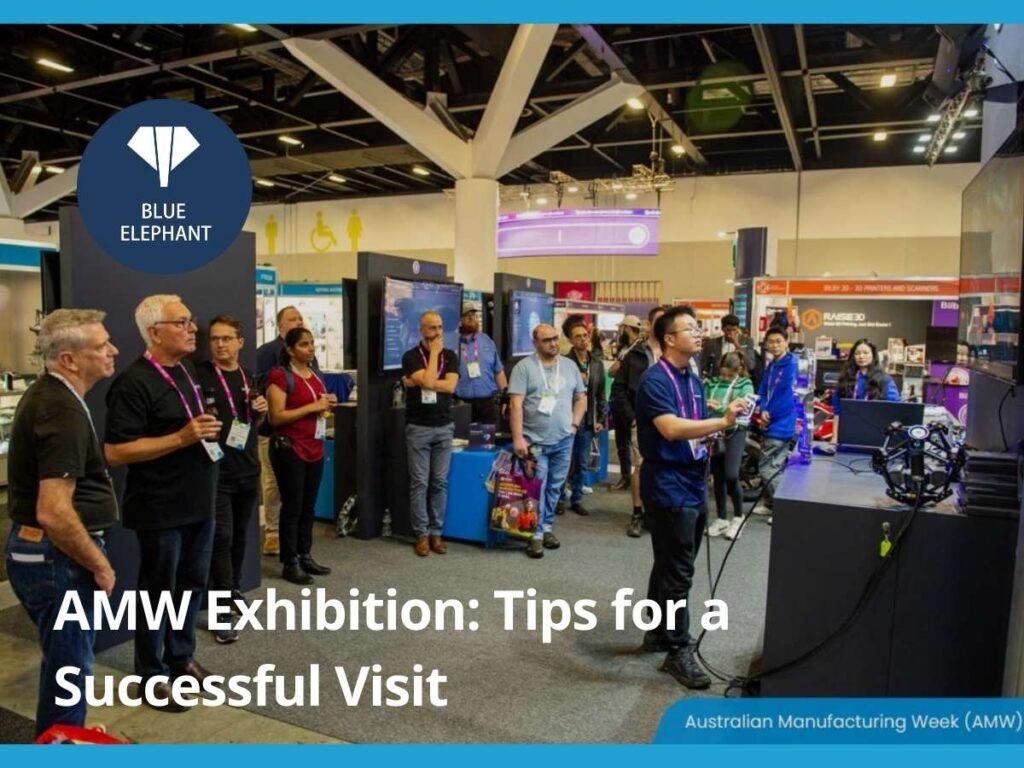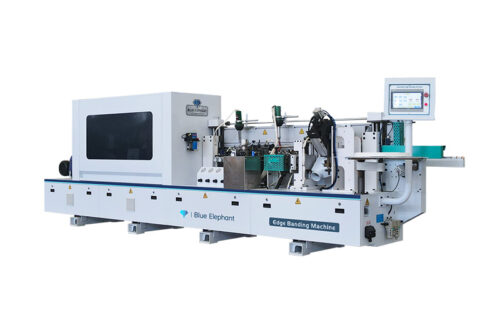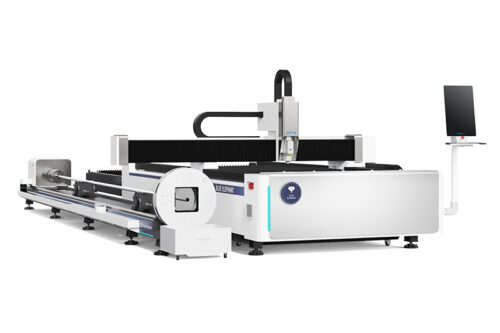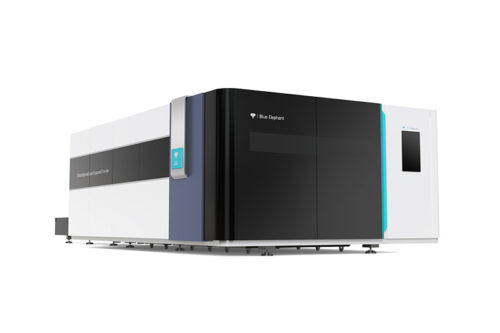My first AMW visit? Total overload.
Big halls. Machines everywhere. I didn’t know where to start or who to talk to.
But now, after years of working with machine makers, dealers, and end users, I’ve figured out what works. We’ve helped people plan visits, close deals, and find exactly what they need.
This guide comes from real experience not guesswork. If you’re going to AMW to explore, connect, or buy, it’ll help you make the most of every minute.
You’ll get simple tips, smart strategies, and must-know steps to avoid wasting time.
So let’s get started!
1. Pre-Event Preparation
Before you pack your bag or book your flight, stop and plan. Trust me it makes a big difference.
I still remember rushing to my first AMW visit. No schedule. No plan. I missed key booths and left feeling like I barely scratched the surface.
Don’t make that mistake.
Here are the basics you need to know:
- Event Name: Australian Manufacturing Week (AMW) 2025
- Dates: May 13–16, 2025
- Location: Melbourne Convention and Exhibition Centre, Melbourne, Australia
- Opening Hours: 9:00 AM to 5:00 PM daily
- Official Website: https://amwexhibition.com.au
Once you’ve got the event info, think about your visit goal. Why are you going?
- Machine Dealers: Compare machines, ask about delivery times, and build supplier contacts
- Spare Parts Dealers: Spot trending parts, compare prices, and explore new suppliers
- Machine Repairers: Look for service updates, technical demos, and support options
- Rental Companies: Search for simple machines that are affordable and easy to maintain
- Terminal Users: Try beginner-friendly CNC routers, laser cutters, or compact tools
Register early. It gives you access to:
- Floor plans
- Exhibitor lists
- Workshop and demo sign-ups
Then dig into the exhibitor list. Mark booths that matter. Group nearby ones together. That way, you walk less and see more.
One last thing reach out to key suppliers before the event. A quick email can lock in a meeting and save you from waiting around later.

2. Packing and Travel Tips
Let me tell you my feet still remember the first time I didn’t wear the right shoes to AMW. By mid-morning, I was limping between booths and searching for a seat. Never again.
Packing right makes the whole experience easier. Here’s what I always bring:
- Entry badge: Print it or download the digital version to your phone
- Notebook or tablet: For quick notes, booth numbers, and names
- Business cards or QR code: Makes networking faster and smoother
- Brochures or machine lists: Great for dealers and repairers to show products
- Photos of repair issues or part specs: Helps service staff explain problems clearly
Clothing matters more than you think. Be comfortable.
- Comfortable walking shoes: You’ll be on your feet all day
- Weather-appropriate clothes: It might be chilly inside or warm with the crowd
Now for the travel side of things. One year, I booked late and ended up way too far from the venue. Don’t do that.
- Book accommodation early: Try to stay close to the venue. Top picks include Pan Pacific Melbourne (right next to the venue), Novotel Melbourne South Wharf (a short walk), and Crown Promenade (about 10 minutes away).
- Check transport options: Trams like Routes 12, 96, and 109 stop near MCEC. You’ll need a Myki card to ride. Ride-share apps like Uber and Ola also work well in Melbourne.
- Driving in? MCEC has on-site parking, but it fills up fast. Pre-booking can save time.
- Save the event location: Add it to your phone map before you go
AMW can take a lot out of you. Good prep means less stress and fewer regrets. You’ll be glad you packed smart.
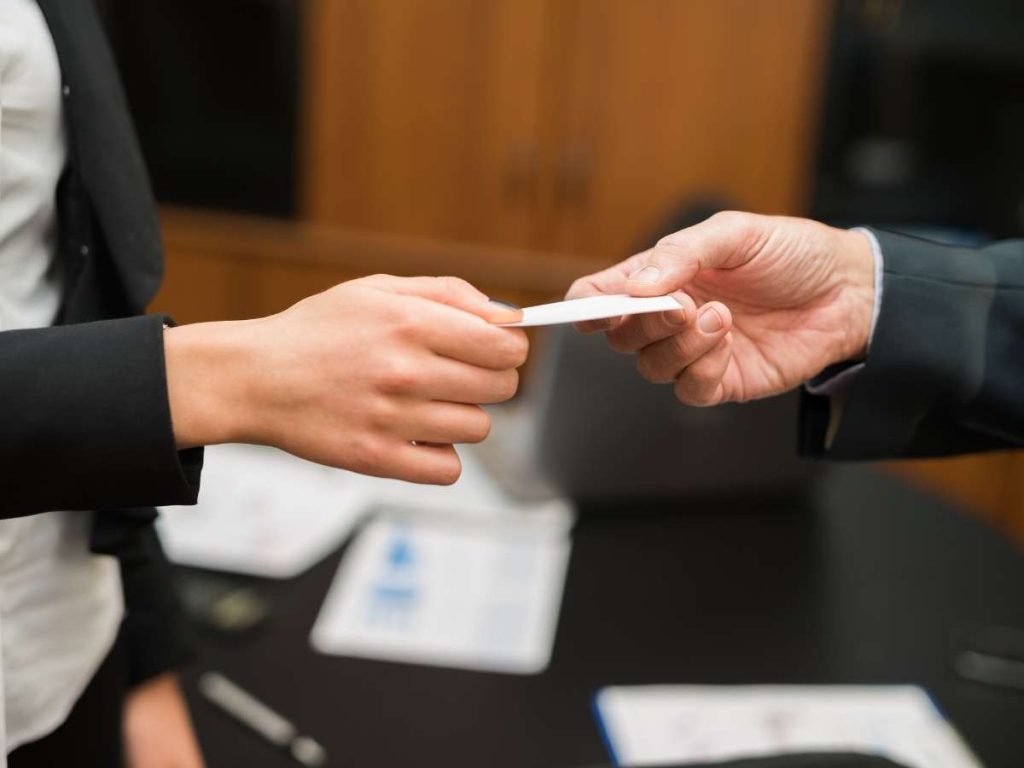
3. Navigating the Event
If you’re like me, you walk into a trade show thinking, “I’ll just look around a bit and see what’s interesting.” That’s how I used to do it and I’d always end up missing something important.
At AMW, you need a plan.
Start your day with your top-priority booths. Morning is the best time. It’s quieter, and the staff are more focused. You won’t have to wait long to talk or ask questions.
Before the event, download the official AMW app or pick up a printed map at the entrance. These tools help you stay organized.
Use them to:
- Check off booths you’ve visited: Keeps you from doubling back
- Take notes and save photos: So you don’t forget what you saw
- Get reminders: Some booths have live demos or timed sessions
Stick to your plan but don’t be afraid to wander a little. Some of the best finds are the ones you didn’t expect. Just don’t lose too much time chatting at every stand. The day goes fast.
Here’s what I’ve learned from years of going:
Always ask clear, role-specific questions. Vendors appreciate it and you get better answers.
Try asking:
- “What’s your delivery time?”: Good for dealers needing reliable schedules
- “Can you provide service documentation?”: Repair techs will want this
- “What’s the MOQ if I’m buying for rental or resale?”: Key for rental companies and parts dealers
And don’t forget to collect business cards or scan contact codes. I’ve had moments where I wanted to follow up on a great product but couldn’t remember who I spoke to. Don’t let that happen to you.
AMW is a big show. If you stay focused, move with purpose, and take good notes, you’ll walk out with real value and maybe a few solid leads too.
4. Attending Key Workshops & Live Demonstrations
This is the part I always look forward to. Seeing the machines in action. Hearing them cut through wood or foam. Watching a full job run from start to finish.
Live demos at AMW aren’t just for show they’re a chance to see how a machine performs in real time. You’ll see them cut, engrave, and drill through actual materials like:
- Wood
- Plastic
- Foam
- Metal
What really helped me was watching how operators use the controls. Most demos walk you through the machine’s interface. You’ll see how the software works and how easy or hard it is to run a job.
Some sessions also cover:
- Tool changes
- Basic maintenance tasks
- Safety features
If you’re in a technical role, don’t just watch ask questions.
- “Does this support controller X?”
- “Are there regular firmware updates?”
- “Can you help troubleshoot connection errors?”
These questions open real conversations. I’ve seen service techs walk away with direct contact to the engineers just from asking during a demo.
If you’re a terminal user, focus on things that help you get started quickly:
- Is the machine beginner-friendly?
- Does it come with basic design software?
- Are training videos or support included?
One thing that works well for me: bring your own example. I like to ask, “Would this machine handle 18mm plywood for kitchen cabinets?” That way, you get a real answer for your real job.
Workshops and live demos are also a chance to see the difference between brands. You may notice one machine is quieter, easier to clean, or more stable during cutting.
So take your time. Ask. Watch closely. And take notes. This is where the machines prove themselves.
5. Networking with Industry Experts
Some of the best conversations at AMW happen outside the booths. I’ve picked up more real advice just by talking to the right people at the right time.
You don’t need a perfect script. Just be curious and be real.
Start with the people working at the booths. They’re not just there to sell. Many are experts who know the machines inside and out.
Here’s who you should talk to:
- Product managers: They know the full range and what’s coming next
- Technical sales reps: Good for pricing, bundles, and features
- Application engineers: They can explain machine setups and job types
- Support teams: Ask about post-sale help, training, and parts
Don’t stop there. Fellow attendees can be just as helpful.
I’ve met people from repair shops, part suppliers, and rental companies while waiting in demo areas. A quick chat often turns into a useful connection.
What should you talk about? Try these topics:
- After-sales service: Who do you call when something breaks?
- Warranty terms: What’s covered, and for how long?
- Parts access: Are spares in stock locally or overseas?
- Financing: Any leasing programs or payment options?
These are the things that matter long after the show ends.
To make follow-ups easier, use quick contact tools:
- Scan LinkedIn QR codes
- Share digital business cards
- Take a selfie with the booth rep and their logo: helps you remember who’s who later
I once made a contact at AMW who later helped me solve a spindle issue I’d been stuck on for months. All because I asked one question and followed up after the event.
Talk to people. Listen more than you speak. Ask smart questions. That’s how real business relationships start.

6. Joining Panel Discussions & Expert Talks
Panels and expert talks are easy to skip. I used to walk past them thinking, “I’ll just check out the machines instead.” But after sitting in on a few, I changed my mind.
These sessions are packed with info you won’t find at the booths. They’re quiet, focused, and often full of people who know the industry inside out.
Choose talks that match what you need.
- Dealers: Look for sessions on CNC automation, buyer behavior, and new business models
- Repairers: Join panels on machine error codes, diagnostics, and remote tech support
- Terminal users: Go for workflow tips, creative project ideas, and software tutorials
Why does this matter?
Because you hear things straight from the source:
- Case studies that show how real companies solved real problems
- Expert predictions about where the industry is going
- Best practices that save you time and money back in your shop
I once sat through a session where an engineer explained how they fixed a common vibration issue with a controller update. That tip alone saved a client of mine hours of trial and error.
To get the most out of these sessions, show up early. Pick a seat close to the front if you can. It’s easier to hear and engage.
And don’t just listen—prepare a few questions. Write them down before you go. Most sessions end with a Q&A. That’s your chance to get direct answers.
- “Is this software compatible with older models?”
- “Have you tested this machine on MDF or plywood?”
- “What kind of training does your team provide after purchase?”
You’ll be surprised how open speakers are when they see you’re really paying attention.
So don’t skip the talks. They can give you insights that no brochure ever will.
7. Tips for a Successful Visit
One year at AMW, I showed up with no plan. No checklist. No goals. Just walked in and hoped for the best.
By lunch, I was tired, lost, and frustrated. I missed key booths and had nothing solid to follow up on. It felt like a wasted trip.
The next time, I went in prepared with goals, a packed bag, and a clear plan. I left with real contacts, price quotes, and machines to research. That’s what a good visit should feel like.
Here’s what I learned, and what I still do today.
- Start Early: The best time to walk the floor is right after the doors open. The halls are quieter, and booth staff are still fresh and ready to talk. You’ll get more time, better answers, and avoid long lines.
- Stick to Your Plan: Have a shortlist of booths you need to visit. Start with the most important ones first while your energy is high. Use the event map or app to move through the hall efficiently and avoid doubling back.
- Write It Down: You’ll hear a lot in a short time, and it’s easy to forget details. Jot down names, machine specs, prices, and delivery times. That way, when you follow up later, you’ll know exactly who said what.
- Ask Specific Questions: Skip the generic questions. Be direct and relevant to your needs. For example, ask: “Can this machine run 8-hour shifts daily without overheating?” You’ll get much more useful and honest answers that apply to your work.
- Take Breaks: It’s a long day on your feet. Find a quiet corner, drink some water, and give yourself time to rest and think. Short breaks help you stay focused and avoid burnout.
- Check Your Progress Mid-Day: Midway through the day, stop and review. Which booths have you covered? What’s left? A quick reset helps you adjust your plan and stay on track before the floor starts winding down.
- Talk to Other Visitors: The person next to you in line might be looking for the same type of machine or service. Start a friendly conversation. Try asking, “Seen anything good for small-batch production today?” You might get a great lead.
Conclusion
I walked into my first AMW overwhelmed. I walked out wiser because I learned to plan.
This article gave you everything: what to bring, who to meet, what to ask, and how to make it count.
You know the when, where, and how. The rest is up to you.
Your goals are waiting on the show floor.
Start preparing today. Make this year different.
Need help choosing machines or planning your visit? Contact us today.
Explore Related Resources
For more in-depth knowledge, take a look at these recommended reads. We think you’ll find them useful:
Still haven’t found what you’re looking for? Don’t hesitate to contact us. We’re available around the clock to assist you.


